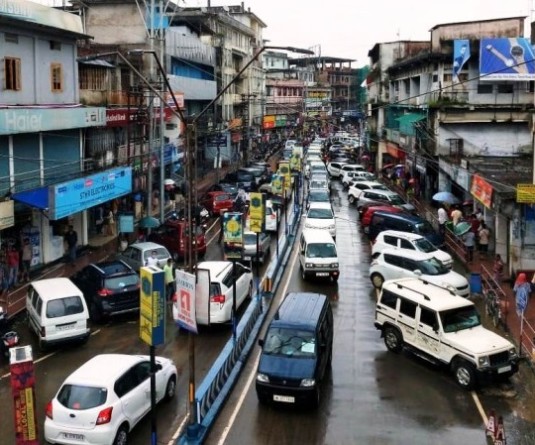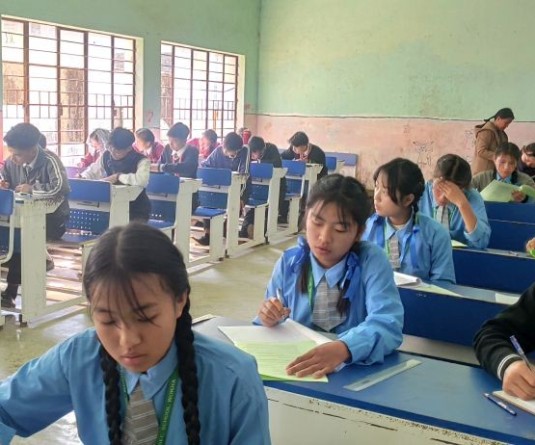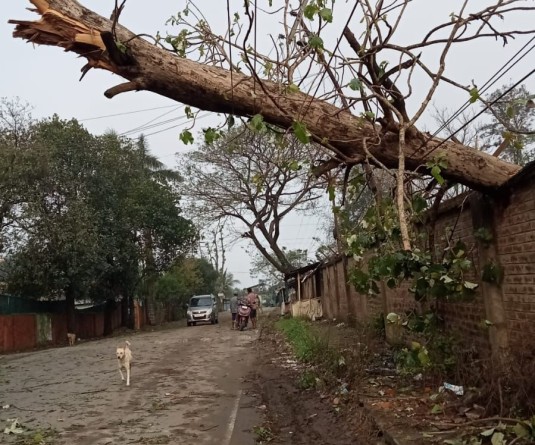A view of the sacred banyan tree, Khubu Redzü in the front and the King’s house by the side. (Photo by Pfokrelo Kapesa)
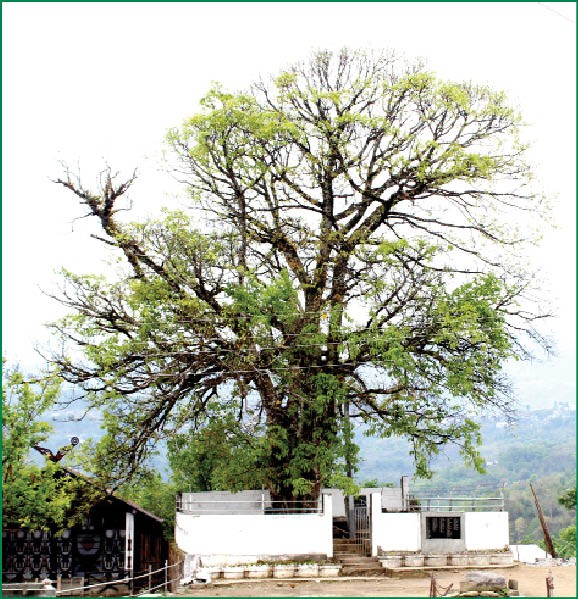
Pfokrelo Kapesa
Dimapur | April 17
Naga people have multiple legends and myths entwined with their identity and values.
Naga people live with their heritage and legacy every day. Heritage can be a structure of historical significance, an idea or value; a living embodiment of who the Naga people are and where they come from. Tangible remnants of places and objects sacred to Nagas and Naga history are still intact and scattered throughout the hills of the region.
On World Heritage Day or International Day for Monuments and Sites (April 18), with 2019’s theme of ‘Rural Landscapes,’ The Morung Express presents four Naga heritage sites worth knowing and preserving.
Makhel (Senapati)
Makhel, a Mao village in Senapati district, is replete with myths and legends. Many Naga communities believe Makhel to be their place of origin. Its legends have tangible remnants to this day.
One is the sacred banyan tree. According to legend, it is under the sacred banyan tree that the first woman, Dzüliamosüro, conceived her three children: Okhe (Tiger), Ora (Spirit) and Omei (Man).
Next to the sacred banyan tree is the ‘Khubu Redzü Tu’, Khubu (gun), Ridzü (male) and Tu (stone). This is believed to be the tombstone of the magic flying gun which could be commanded to hit any target, akin to modern day guided missiles.
According Mao Naga folklore, the youngest among the siblings received the Khubu Redzü as a gift from their father. Today, it lies silently buried as a result of a moratorium placed on it by the Mao Nagas for collective peace and goodwill of humankind.
Khangkhui cave (Ukhrul)
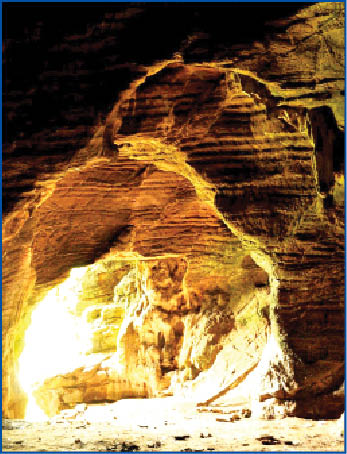
Khangkhui Cave (Photo by Kahorpam Horam)
Khangkhui Cave in Ukhrul district, locally known as Khangkhui Mangsor, is a natural limestone cave dating back to the Paleolithic age. Archeologists have discovered several artifacts of Paleolithic culture yielding evidence of habitation of Stone Age communities.
It is one of the oldest of such habitations found in India. The cave shows a large sedimentary limestone formation with ceiling hangings and outgrowth from the ground up. It has two large chambers and five tunnels.
According to local legend, King Mangsorwung built the chambers for his first wife and second wife respectively. Next to the chambers is the ‘shirata,’ literally translated to ‘falling star hole,’ of about five meter diameter and 30 meter depth.
The cave was used as a natural shelter by the local people during World War II.
Haochong (Noney)
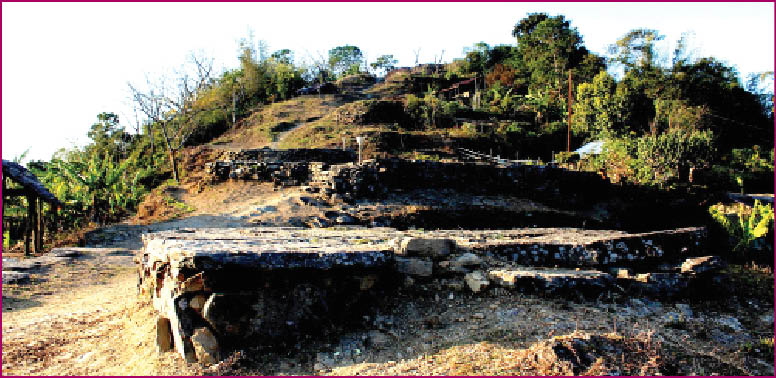 Partial view of the old settlement. (Photo by Issac Inkah)
Partial view of the old settlement. (Photo by Issac Inkah)
Haochong village in Noney district (earlier Tamenglong) is one of the oldest known Naga villages inhabited by Inpui Nagas since time immemorial. The name Haochong, literally translated ‘jumping to hao’ (hao for tribal) was given by the Meitei King Meidingu Nongda Lairen Pakhangba (33AD-154 AD). Haochong is the first recorded Naga village and figures in the royal chronicles of Meitei Cheitharol Kumbaba (663 AD-763). The village is known for Ramah nu Inkamriak (Queen's hiding place); a rock cliff used by the villagers to hide Meitei queen Kumudini and her son on their way to Cachar (Assam) to escape a war.
Bhuban Cave (Cachar)
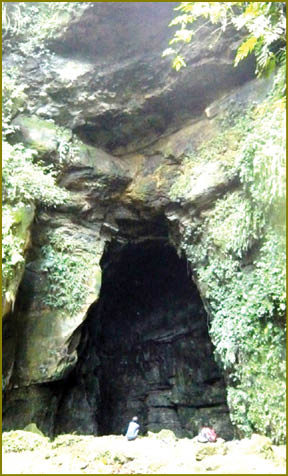
Bhuban Cave (Morung Photo)
Bhuban Cave, located in Cachar district, is a historical pilgrimage site for the followers of the ancestral practice of Poupei Chapriak and the reformed religion of Heraka among the Zeliangrong Nagas.
In a paper titled ‘Circling the Altar Stone: Bhuban Pilgrimage and the Symbolism of Religious Traditions,’ Dr. Arkotong Longkumer wrote that every year Heraka pilgrims visit the Bhuban cave, situated near the top of the Bhuban Hill, during the month of February. For the Heraka, the Bhuban cave represents the point from where the reform began during the 1920s, where God Tingwang instructed the first reformers. Their most famous reformer was Rani Gaidinliu, regarded by the Heraka as a prophet, priestess, preceptor and queen. A rare footnote in British administrative archives recounts a form of pilgrimage to the cave in 1931.


